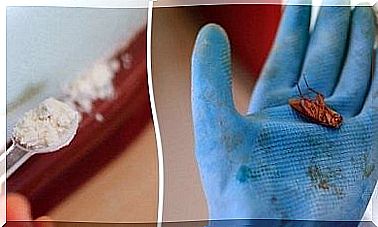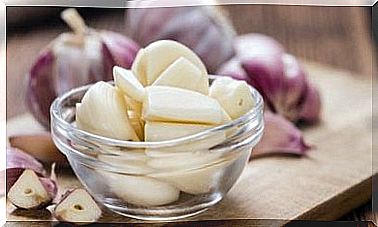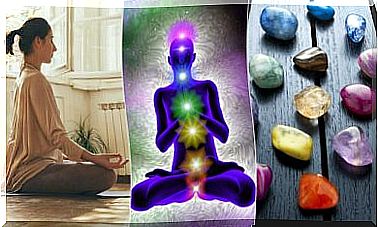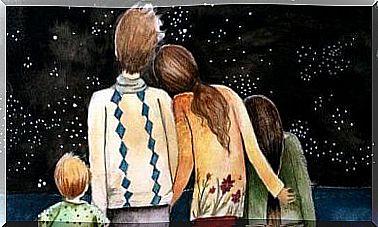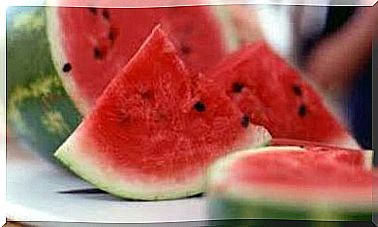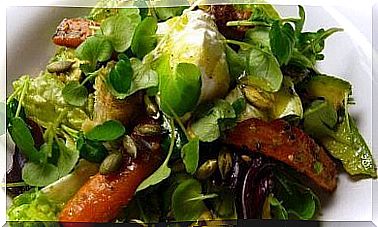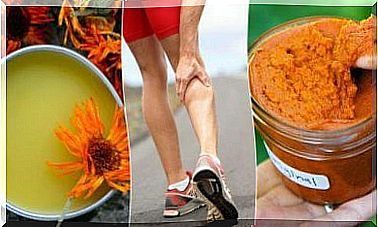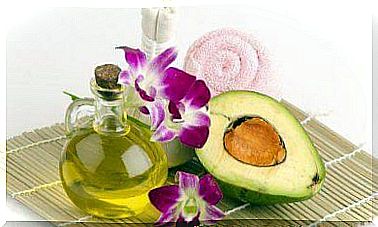Delayed Muscle Soreness (DOMS)
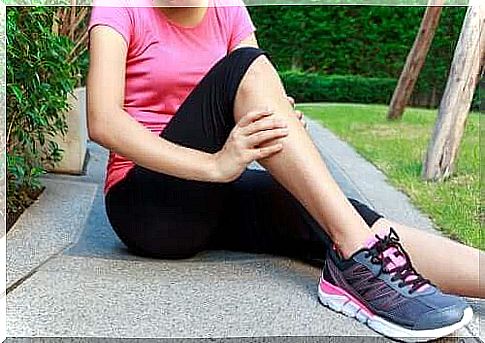
Although delayed muscle soreness (DOMS) often occurs after exercise, it is not a good reason to avoid strength training. Today we explain what it is, why it hurts, and how to prevent it.
What is DOMS (delayed muscle soreness)?
DOMS is the same as muscle pain after exercise. We also know it as:
- Myalgia.
- Muscle soreness.
- Muscle fever.
What you need to know about delayed muscle soreness
DOMS is basically muscle pain after exercise. It can manifest itself 24 or 48 hours after physical activity.

DOMS may also occur after exercise or any other form of physical activity outside the usual range of intensity, such as:
- A sedentary person’s first day at the gym.
- A very intense workout.
- To lift heavy things.
Also read: 5 forms of training for sensitive joints
Muscle soreness and inflammation
People thought that this type of pain was due to an inflammation, due to the breakdown of muscle fibers after exercise. However, we now know that this is not the case because:
- There may be pain without inflammation, according to this study published in the Journal of Physiolog Sciences.
- There may also be pain-free inflammation, according to another 2016 study in the journal Frontiers in Physiology.
Thus, it appears that inflammation is not directly related to the pain of DOMS. The current hypothesis is that this type of inflammation is the immune system’s response to unknown stimuli (a new movement or an increase in training intensity).
However, we will have to wait for researchers to find out more about this topic in order to reach better conclusions.
Is delayed muscle soreness due to lactic acid?
No. Lactic acid does not cause delayed myalgia. This was confirmed in a study published in 1983, in which the concentration of lactic acid in the blood in two types of runners was evaluated:
- Participants who ran 45 minutes on a treadmill without a slope had a marked increase in lactic acid, but no DOMS.
- Other people who ran the same time but on a slope of minus 10% to simulate a downhill hill had no increase in lactic acid but had significant stiffness.
This small experiment showed that there is no association between lactic acid and DOMS.
So why does it hurt?
We do not know for sure. One of the problems with defining the cause is that DOMS can even spread to muscles that you do not train.
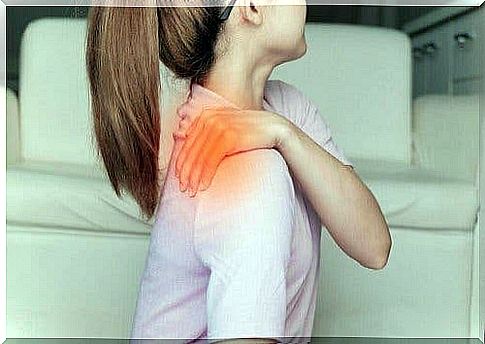
What is clear is that:
- Eccentric movements have a greater tendency to cause stiffness than concentric movements
- Genetics probably play an important role as there are things that vary from person to person, such as pain threshold.
- The sores can get worse due to factors like dehydration, poor diet, lack of sleep, a hard massage or fear of pain.
Do not miss: The funniest and most effective outdoor workouts
Prevention
You can not prevent DOMS, but you can reduce the possibility of pain. It also seems to be much more manageable if you do the following:
- Take it easy. Gradually increase the intensity of your workout. This is because you do not reach your goal faster when you force your body. In fact, the opposite is happening.
- The general recommendation is that you should not increase repetitions, sets and weights above 10% per week.
- Proper heating. If you have had good results in the past, stretch after your workout.
- Focus on creating good habits like taking care of your diet, sleeping well and drinking enough water.
In short, contrary to popular belief, DOMS is not caused by lactic acid or inflammation. While researchers are still trying to determine the exact cause, it is a normal reaction from the body after training too intensely or engaging in other physical activity outside of your usual intensity range.
